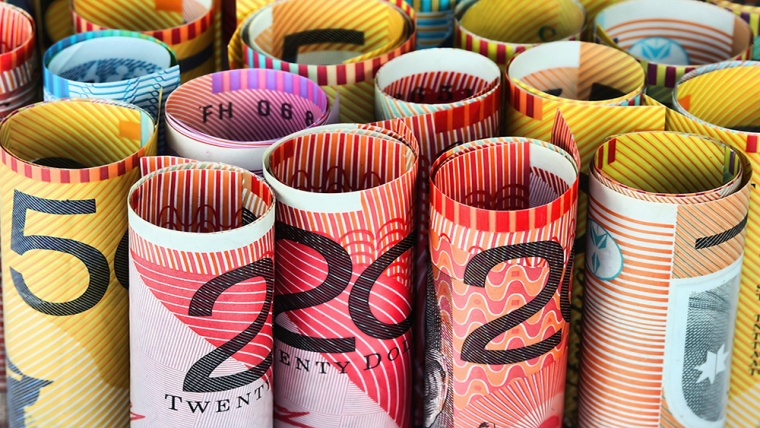
Taiwan was in the spotlight during the Asian trading session after another surge in its currency, not helped by speculation around US trade deals. There was spillover into other currencies and the NZD is down a touch overnight after a failed attempt to break back above 0.60. A stronger than expected ISM services index helped US equities recover early losses and pushed up US Treasury yields. The UK and some Asian markets were closed for holidays.
The impact of President Trump’s trade war continues to reverberate across markets. Yesterday, Trump hinted that trade agreements with some countries could come as soon as this week. He also said he plans to impose a 100% tariff on films produced overseas, although it is not clear how this would work in practice as tariffs can be easily applied to goods but not services.
While those comments didn’t have much market impact apart from falls in US entertainment stocks, market attention returned to Taiwan. On the back of a more than 4% gain on Friday, Taiwan’s dollar surged as much as another 4+% to a three year high, supported by hope of trade war de-escalation with China, combined with a liquidity squeeze from the closing of short positions. There was also speculation that some deal to appreciate currencies would form part of any US trade deal with Taiwan and other Asian nations.
There was market chatter of local exporters in Taiwan panicking and converting their USDs and life insurers being under-hedged on their US debt holdings. The latter hold over USD700b of US assets and Taiwan’s supervisor called the big names in to discuss any issues arising from the currency surge. Taiwan’s central bank also intervened and urged market commentators not to speculate irresponsibly about the FX market.
There was spillover into other Asian currencies and the NZD rose to as high as 0.5996 overnight before reversing course. It is currently near 0.5960, down slightly from the NZ close and up 0.25% from the weekend close.
JPY is the strongest of the majors, with USD/JPY down to 144, reversing some of last week’s post-BoJ underperformance and NZD/JPY is back below 86. Finance Minister Kato said the country won’t use the sale of its US Treasury holdings as a bargaining tool in trade talks, walking back comments he made on Friday. In a taste of how US-Japan trade talks are going, Kyoda News reported the US has, in recent negotiations, refused Japan's full exemption from not only a 10% "reciprocal" tariff but also the 14% country-specific tariff as well as tariffs on autos, steel and aluminium. In second round talks the US will only consider extending the 90-day pause or lowering the 14% tariff, depending on progress.
Other NZD cross movements have been small, with NZD/AUD flat at 0.9220 and NZD up less than 0.2% against GBP and EUR. There was no reaction to the AUD from the re-election of the Australian Labor Party, with the win well anticipated, and the only surprise coming via the margin of victory.
In economic news, the US ISM services index unexpectedly rose 0.8pts in April, against expectations for a modest fall following the steep fall in March. Both the employment and new orders indices rose. The prices paid index rose 4.2pts to a more than two-year high of 65.1. The release noted that regarding tariffs, respondents cited actual pricing impacts as concerns, more so than uncertainty and future pressures.
The data added to modest upside pressure on US Treasury yields. Compared to the weekend close, the 2-year rate is up 1bp to 3.84% while the 10-year rate is up 4bps to 4.35%. The data assuaged fears of an imminent US economic recession and, after falling 0.9% near the open, the S&P500 index is currently down only 0.1%. A fall at the close would break a nine-day positive streak.
Oil prices slumped further, following OPEC+’s decision to further add to supply. There are fears of the global glut developing as supply increases alongside softer demand on any global growth slowdown. Brent Crude fell to as low as USD58.50 per barrel and has since recovered to just over USD60.
Global forces pushed up domestic rates yesterday, with NZGB yields closing the day marked up 3-6bps across the curve in a quiet session. The 2-year swap rate closed up 2bps to 3.10% and the 10-year rate rose 4bps to 3.99%.
The economic calendar remains light, with China’s Caixin services survey and US trade data the only releases of note.

We welcome your comments below. If you are not already registered, please register to comment.
Remember we welcome robust, respectful and insightful debate. We don't welcome abusive or defamatory comments and will de-register those repeatedly making such comments. Our current comment policy is here.